Mark’s Score 8.7
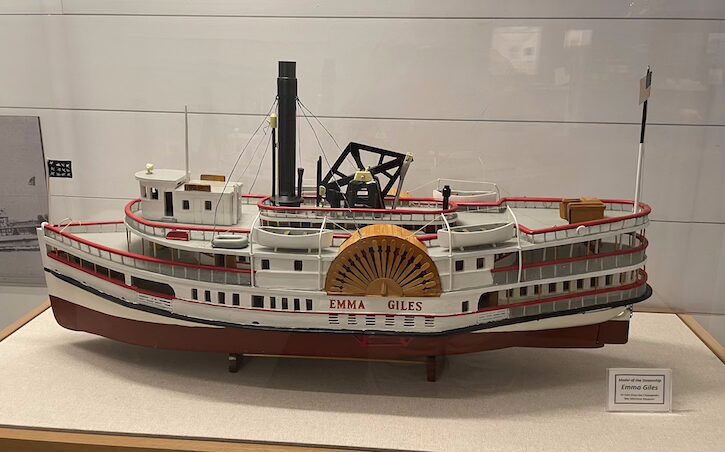
When travelling, every once in a great while, you run across a true unexpected gem. The Delmarva Discovery Center is one such gem. I have driven bye it many times over the years. Frankly, I never gave it much thought. In my defense, its exterior is unassuming. But a little while ago I stumbled upon one of their promotions about “Turtle and Otter Day,” and I thought, “any place that has a turtle and otter day, is my kind of place.” I was not wrong.
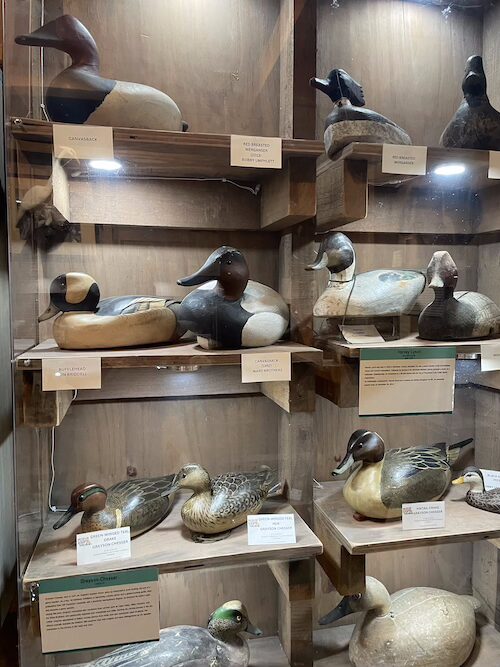
The Delmarva Discovery Center was opened in 2008 in a 16,000 sq ft Art Deco former car dealership on the banks of the Pokomoke River on Market Street. The museum was conceived as a place to showcase the history and natural wonders of the Delmarva Peninsula. In addition to the curation of exhibits, the museum also runs an extensive education program about the peninsula, its history, and its natural environment.
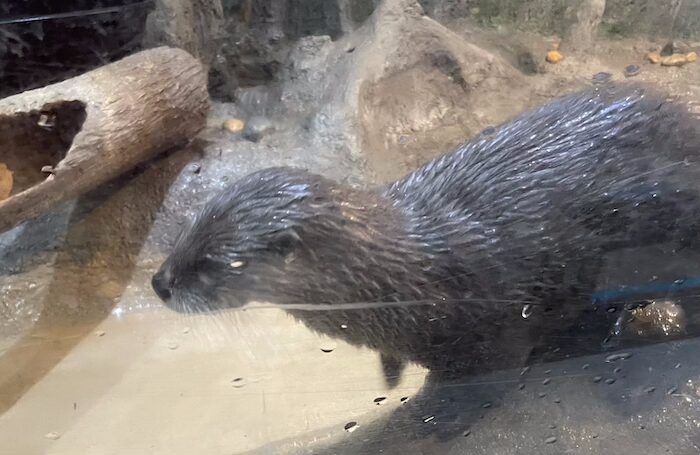
A week or so ago I finally decided to pay Delmarva Discovery Center a visit. Frankly, I wasn’t expecting much. I was expecting an amateurish small town haphazardly organized museum of bric-à-brac. Don’t get me wrong, that that type of museum can be fun. But Delmarva Discovery Museum is not that type of museum. It is an interesting mix of cultural, historic, and natural science exhibits all focused on what makes Delmarva such a special place.
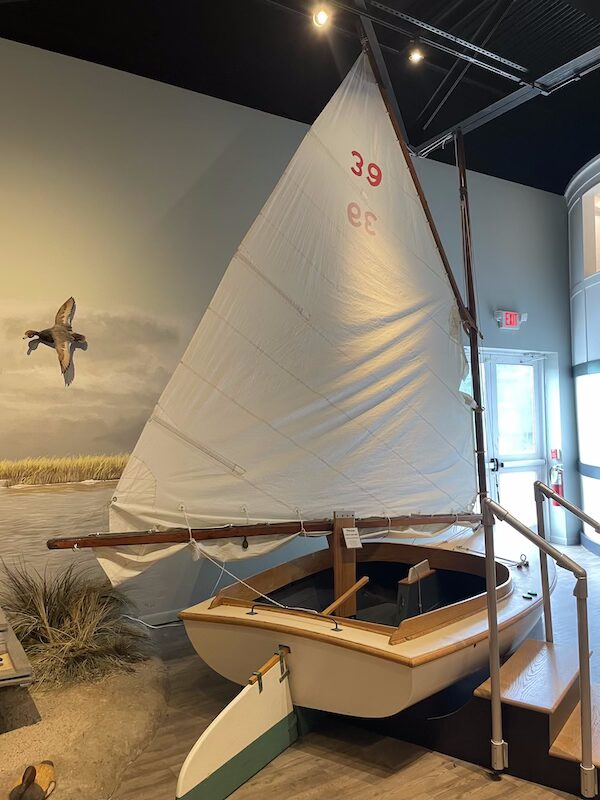
One of the first exhibits you come across is an exceptional decoy display exhibiting some of the best items from the Ward Collection, on loan from the Museum of Eastern Shore Culture (MESC). Decoy art was invented here on the Chesapeake Bay. It is the Delmarva’s most important contribution to the art world, and the Ward Collection is the world’s most significant decoy collection. I was delighted to see these pieces displayed again. Though I am beginning to feel like, I am on a “Where’s Waldo” hunt when it comes to the Ward Collection spread hither and yon.
There is a small historical display of a variety of river boats and sailing craft, a variety of excavated native American tools and pottery, a dugout canoe and a sink box. The sink box is a significant historical artifact and was invented as a tool for both commercial and sport duck hunting.
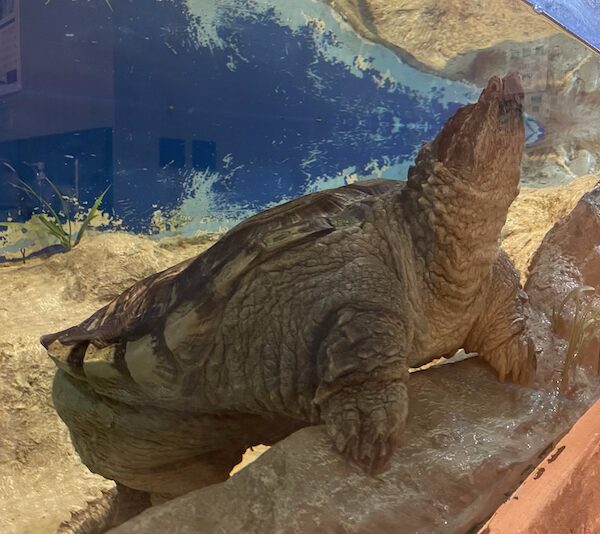
But the bulk of the museum and exhibits focus on the river, the flora, and fauna of the region. The Pokomoke has one the greatest depth to width ratio in the world. In other words, for its length and width the river is extraordinarily deep. There are turtles, and snakes, but the stars of the museum are the two river otters Mac and Tuck. At any rate they won me over.
I was expecting little, but I ended up spending a very enjoyable and informative hour at the Discovery Center. If you have never been, I encourage you to visit. It may be small, but you get a good bang for your buck. It is well worth the visit.

Leave a Reply